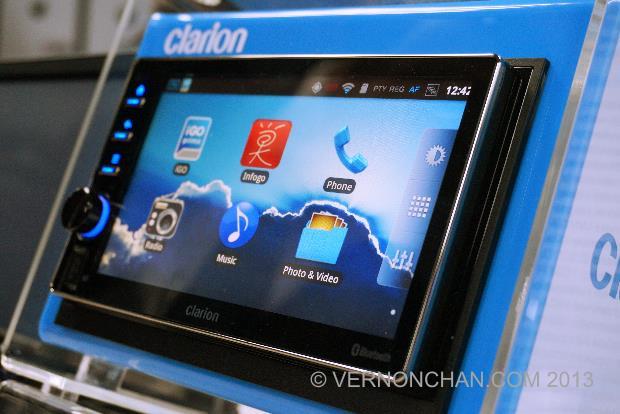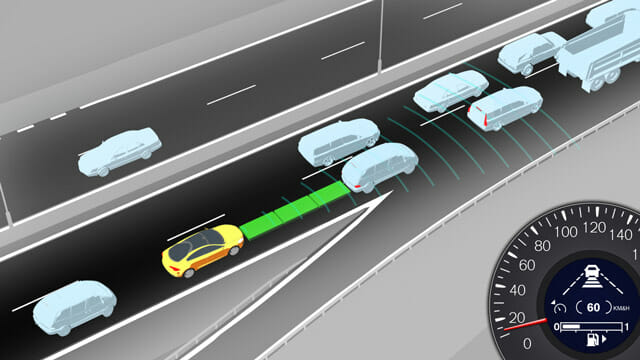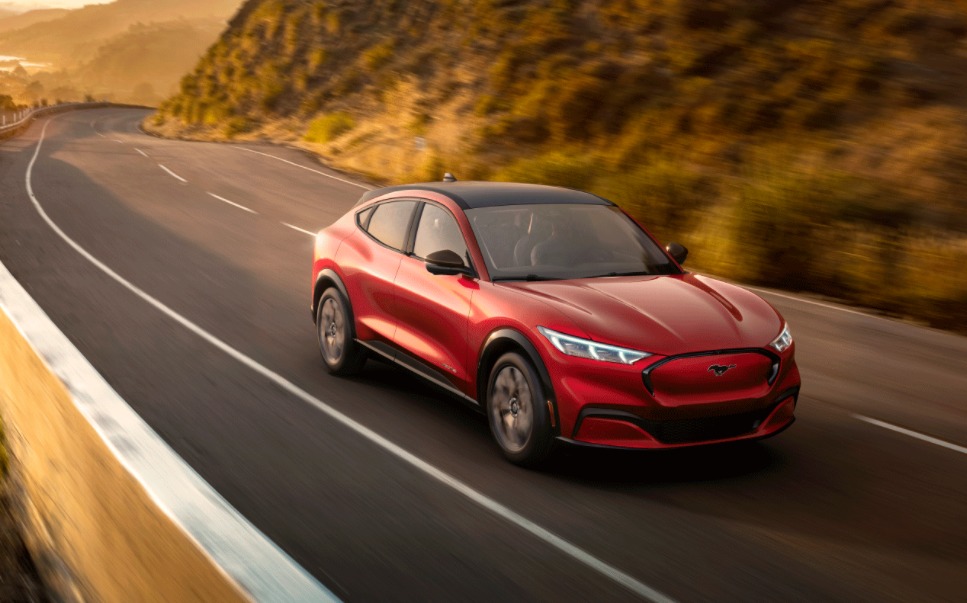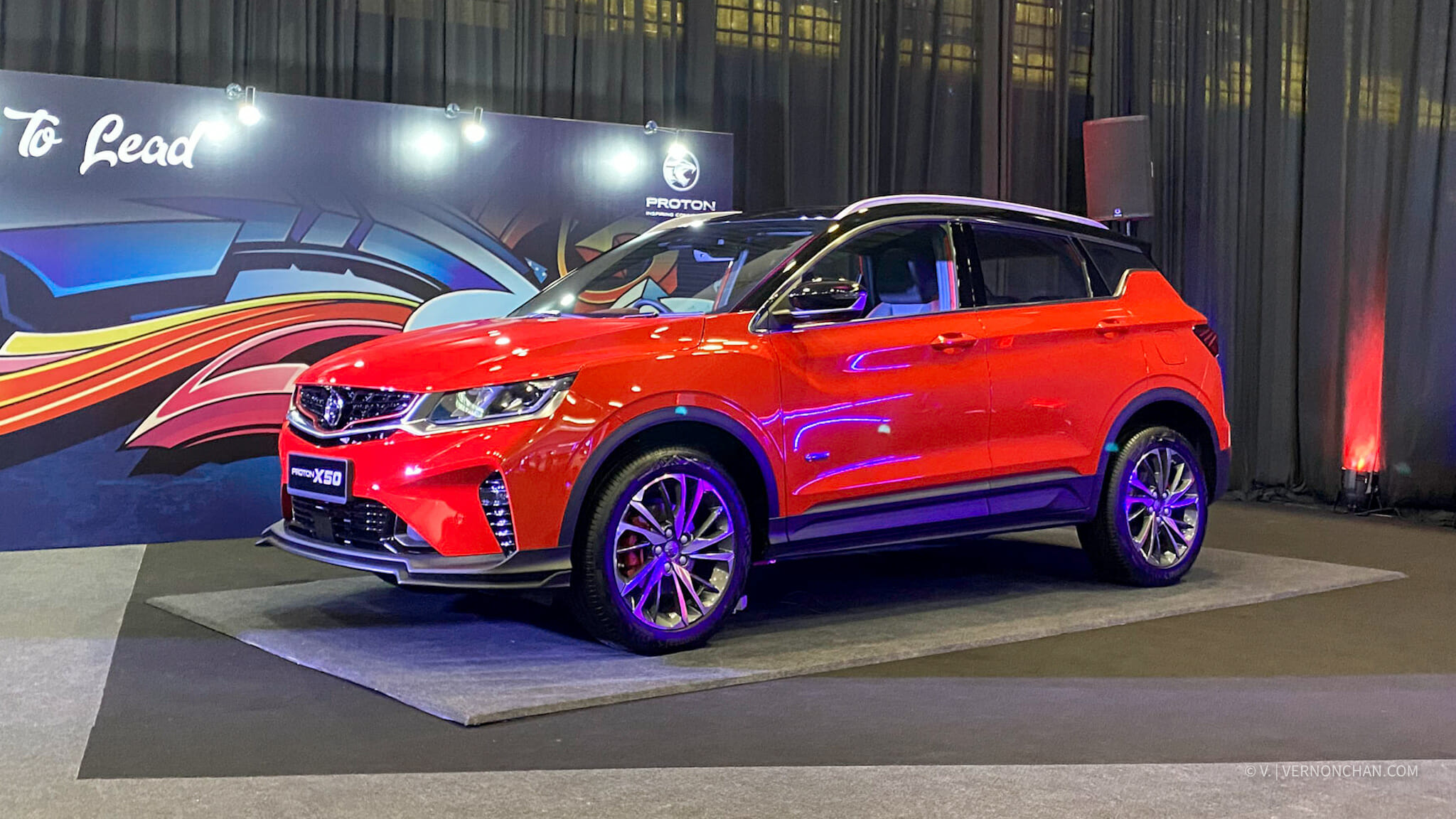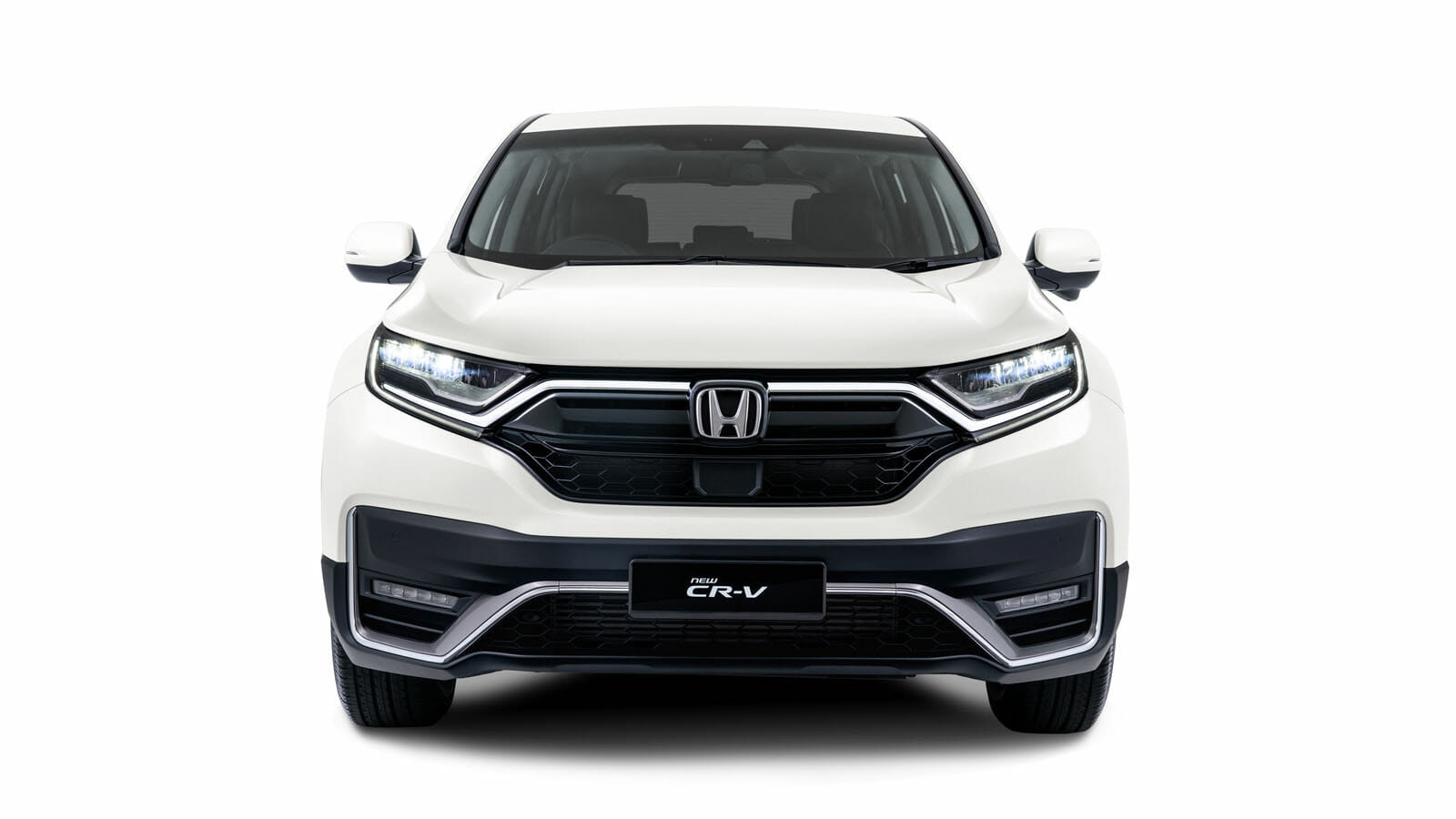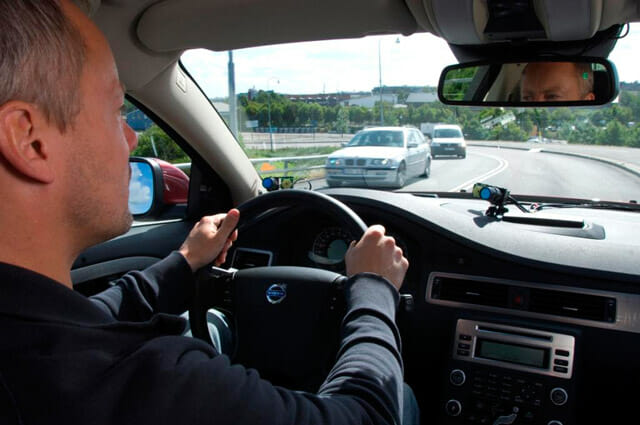
Volvo Car Corporation‘s safety technologies have been found to help drivers avoid accidents and collisions, according to a final report by the European Field Operational Test on Active Safety Systems (EuroFOT) research project. EuroFOT is a research project supported by European funds, involving 28 organizations including Swedish participants Volvo Car Corporation, Volvo Trucks and Chalmers University of Technology.
[ad#Google Adsense 336×280]
- ACC (Adaptive Cruise Control) maintains a preset gap to the vehicle in front.
- CW (Collision Warning) alerts the driver if a collision of colliding with the vehicle in front is imminent. At the same time, the brakes are prepared for firm braking.
- BLIS (Blind Sport Information System) alerts the driver to vehicles in the blind spots on both sides of the car.
- LDW (Lane Departure Warning) warns the driver if the vehicle accidently strays across any of the lane markings.
- DAC (Driver Alert Control) is designed to detect and warn if the driver is tired or distracted.
[quote]”Both the comprehensive studies of driver behaviour and the wide range of comments from the drivers involved are very valuable in our research. We design our cars in response to customer wishes and needs. The results from EuroFOT help us develop new, user-friendly and effective technologies that bring us closer to our goal of no injuries or fatalities in a new Volvo car in 2020,” says Peter Mertens, Senior Vice President Research & Development at Volvo Car Corporation.[/quote]
For more information about EuroFOT: http://www.eurofot-ip.eu/
[spoiler title=”Show Official Press Release”]
For Immediate Release
26 June 2012
Volvo Car Corporation’s safety technology reduces the risk of motorway rear-end impacts by up to 42 percent
The final report from the EuroFOT research project, which has brought together 28 European companies and organisations, confirms that Volvo Car Corporation’s systems to help drivers avoid incidents and collisions deliver significant benefits.
A car with adaptive cruise control and collision warning, for instance, cuts the risk of colliding with the vehicle in front on a motorway by up to 42 percent.
The large-scale European Field Operational Test on Active Safety Systems (EuroFOT) is a research project supported by European funds. It involves 28 organisations, including Swedish participants Volvo Car Corporation, Volvo Trucks and Chalmers University of Technology.
100 Volvo V70 and XC70 models with a total of 263 drivers participated in EuroFOT. All cars were fitted with cameras and sensors that registered every second of every journey for 18 months, which meant that every little incident and situation could be studied and evaluated.
These cars supplied Volvo Car Corporation’s safety experts with 30 terra bytes of data from 3 million kilometres of driving. The final report from EuroFOT also includes material from other vehicle manufacturers.
“The analyses show that our world-leading focus on new safety and support technologies delivers results in everyday traffic conditions. Since the start of EuroFOT, we have presented a number of new systems and in addition refined already existing technologies. One example is Pedestrian Detection, which alerts the driver and automatically brakes the car if there is a pedestrian in the road,” says Peter Mertens, Senior Vice President Research & Development at Volvo Car Corporation.
Analysis of five technologies
Analysis of the Volvos used in EuroFOT focused on five technological solutions:
- ACC (Adaptive Cruise Control) maintains a preset gap to the vehicle in front.
- CW (Collision Warning) alerts the driver if a collision of colliding with the vehicle in front is imminent. At the same time, the brakes are prepared for firm braking.
- BLIS (Blind Sport Information System) alerts the driver to vehicles in the blind spots on both sides of the car.
- LDW (Lane Departure Warning) warns the driver if the vehicle accidently strays across any of the lane markings.
- DAC (Driver Alert Control) is designed to detect and warn if the driver is tired or distracted.
Increased safety with cruise control and collision warning
The final report from EuroFOT clearly shows that Adaptive Cruise Control and forward collision warning enhance traffic safety. The benefits are greatest on the motorway, where the risk of driving into the vehicle in front is cut by up to 42 percent.
Adaptive Cruise Control is used on the motorway for more than 51 percent of the total distance covered – which confirms that the system is appreciated by drivers. 80 percent of them feel that progress on the road is more comfortable and convenient, and a massive 94 percent feel safer with the system activated.
When it comes to collision warning, 70 percent of drivers feel that it improves the level of safety. On participant in the study, for instance, says: “Thanks to the warning system, a couple of times I managed to avoid being involved in an accident when the vehicles in front suddenly slammed on their brakes”.
Positive trend for other technologies as well
As regards the other warning systems, which focus on tired drivers, lane keeping and vehicles in the blind spot, the trend is also positive. However, there is not yet enough data to provide statistically significant forecasts of the accident risk reduction.
“This is because the number of incidents is relatively small. The emergency situations we have identified and examined, however, reveal that drivers do note and respond to the alerts. In tiredness incidents that led to alerts, the driver recovered control over the vehicle before the situation became serious,” says John-Fredrik Grönvall, Manager Traffic Accident Research at Volvo Car Corporation.
The EuroFOT participants confirm that the Driver Alert Control actually works. One of them comments: “I was exhausted after a hectic workday that stretched into late evening. I’m really glad the system alerted me in time.”
Valuable contribution to the development of safer cars
“Both the comprehensive studies of driver behaviour and the wide range of comments from the drivers involved are very valuable in our research. We design our cars in response to customer wishes and needs. The results from EuroFOT help us develop new, user-friendly and effective technologies that bring us closer to our goal of no injuries or fatalities in a new Volvo car in 2020,” says Peter Mertens.
For more information about EuroFOT: http://www.eurofot-ip.eu/
[/spoiler]



